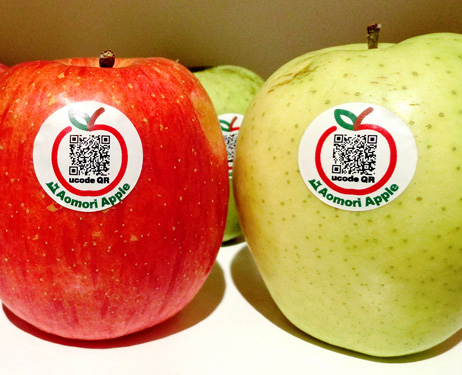4 Signs Your Warehouse Needs a Barcoding System
 Picture this…Employees are wandering the aisles of your warehouse, trying to find an inventory item to complete a shipment that must go out today. Unfortunately, the item appears to be either out of stock or has been placed in the wrong section of your facility. The problem is your manual records are incorrect so you have no way of knowing.
Picture this…Employees are wandering the aisles of your warehouse, trying to find an inventory item to complete a shipment that must go out today. Unfortunately, the item appears to be either out of stock or has been placed in the wrong section of your facility. The problem is your manual records are incorrect so you have no way of knowing.
The bottom line…Quickly locating and picking inventory is a challenge. And your current equipment and processes are not helping matters.
If this sounds all too familiar, you are not alone. In fact, a recent research study has shown that inefficient workflows cost companies nearly 3,000 productive hours and $390,000 in mispicks every year. That’s a lot of time and money down the proverbial drain.
In addition, improper warehouse management means you could be missing valuable business insights, which could help you make more informed decisions to improve the overall health of your company and avoid the above scenario.
That’s where a barcoding system comes in; it empowers you to put away the pencil and paper and forget about spreadsheets. A barcoding system is a powerful tool that reduces the piles of paperwork, decreases user error and provides critical information in real time. And it doesn’t matter whether you are a small single-store business with a warehouse in the back or a large manufacturer with several distribution centers barcoding fills in accuracy gaps that can significantly improve inventory control.
Not convinced? Your operations might be experiencing the following challenges that a barcoding system can solve:
Continue reading »
Barcodes Help Provide The Complete History of Aomori Apples
 The Aomori prefectural government and local apple farmers plan to introduce a barcode system that will allow customers to check the history of each apple they buy. The move was prompted by growing calls for safer food, particularly in foreign countries.
The Aomori prefectural government and local apple farmers plan to introduce a barcode system that will allow customers to check the history of each apple they buy. The move was prompted by growing calls for safer food, particularly in foreign countries.
Aomori Prefecture, a prime apple growing area in northern Japan, is seeking to expand the export of its apples to foreign markets. The new system will use the very common QR Code, a two-dimensional barcode. QR codes can be read by mobile phones, giving the customer information on where the apple came from and how it was cared for, such as how often pesticides were used, and even providing a photo and message from the farmer who grew the fruit. The data will be available in Japanese, Chinese and English.




